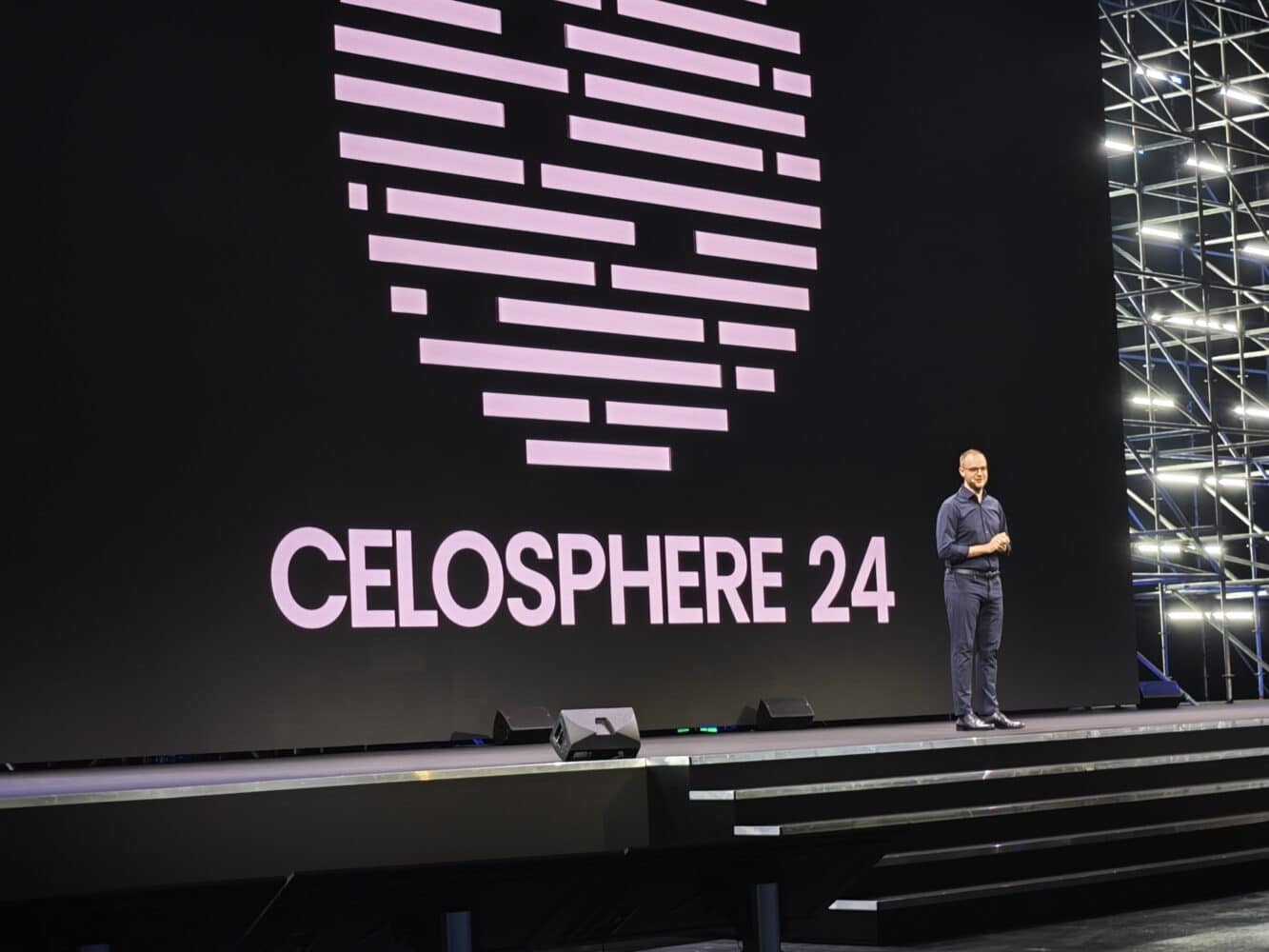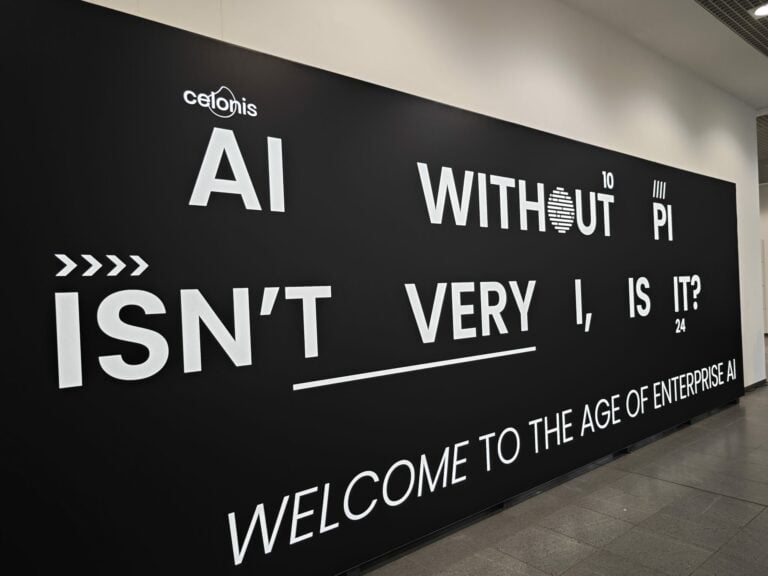AI agents have quickly become the hype of 2024. Standard SaaS solutions enable this wave of innovation in the short term through new tooling. As far as Celonis is concerned, companies are better well prepared. For that, you need Process Intelligence (PI) because only then will the correct data be included. Or, as the company itself put it during the Celosphere conference, “There is no enterprise AI without PI.”
Celonis has always focused on analyzing business processes. The technology can extract a lot of information from those processes and draw conclusions. However, the way Celonis does that has evolved considerably. A few years ago, people talked mostly about process mining and execution management—in short, ways to find bottlenecks in business processes and automatically take action to fix them. Nowadays, there is much more talk about Process Intelligence. That’s where the future lies in a world full of AI.
The Process Intelligence Graph
PI comes from the addition of the Process Intelligence Graph. This allows Celonis to make connections between processes, systems, and departments. The Process Intelligence Graph connects data from different tools so that processes start speaking a common language. To do this, Celonis extracts data from ERP systems, emails, and production data, for example. This creates a coherent insight into processes. Organizations can thus measure performance and add business context. In large enterprise environments, for example, there may be different delivery times within an order-to-delivery process.
Making processes speak a common language should lead to true enterprise AI, according to Celonis. If we look back to generative AI, the first widely available enterprise AI, we see that those applications can provide very good answers. The knowledge often comes from public sources. However, if you want very specific information from generative AI applications about optimizing a process, the app will give little meaningful response. It does not know exactly how processes run, what needs to be done at a specific stage, who is responsible and how everything is calculated. The desired level of true enterprise AI is narrowly achieved. Some of the process knowledge is in ERP systems, data warehouses and BI tools, but the Process Intelligence Graph contains all the information. Therefore, Celonis believes that you need PI for AI in enterprise environments.

Two types of AI agents
In terms of AI agents, we are still in the early stages. Many software solutions are rolling out tooling and often find use cases for customer service. How far companies can eventually go with automation through AI agents is hard to say. Celonis currently sees two uses for deploying them around processes, and it’s best to start doing that as soon as possible, according to the company. Here’s how to gain a competitive advantage with AI agents.
The first is a co-pilot scenario in which the user experiences the usual question-answer scenario. Behind the scenes, autonomous reasoning happens, extracting the right insights from data to support the user properly. This can be useful in a warehouse that needs to be stocked due to a low number of items. Perhaps the inventory is not initially visible in an ERP system that the warehouse itself uses, and normal stocking through a supplier takes too long. Because the Process Intelligence Graph searches all systems, additional inventory may be found in another system or location. The co-pilot can then use chat to help obtain that inventory so that the order is still completed on time.
The second type of agent envisioned by Celonis goes further in autonomy. These are configured and do almost everything independently, from data analysis to finding solutions and taking action. This can be useful in order management. When an order arrives, companies often apply rules to check payment history. Systems can automatically block an order based on those rules. An autonomous agent can review all the data on which the blocking is based and then recommend to credit experts how to proceed. That way, an order may still be able to proceed.
Enter AgentC
So during Celosphere, Celonis is sorting for both agent scenarios with the introduction of AgentC. This includes several new tools, integrations and collaborations to help organizations develop AI agents. To this end, the Celonis platform now integrates with Microsoft Copilot Studio, IBM watsonx Orchestrate, Amazon Bedrock Agents and the open-source development environment CrewAI.
This can be useful when you, as a company, want to deploy agents tailored to your needs. For example, integration with Microsoft Copilot Studio can be used to identify use cases and root causes and then build an agent that PI uses to address the problem. Deployment is via an agent framework, after which users interact with the agent via Microsoft apps.
In addition, companies can deploy pre-built agents that can already perform the necessary actions. That way, agents can be rolled out faster because many use cases are virtually the same at different companies. You can then get started out of the box. AI agents are already available through ISV partners such as Rollio and Hypatos. Consulting will also be available through Accenture, IBM Consulting, and EY. That way, the agents should start reaching as many companies as possible.
Tip: Celonis provides students and teachers with online process mining tutorials
